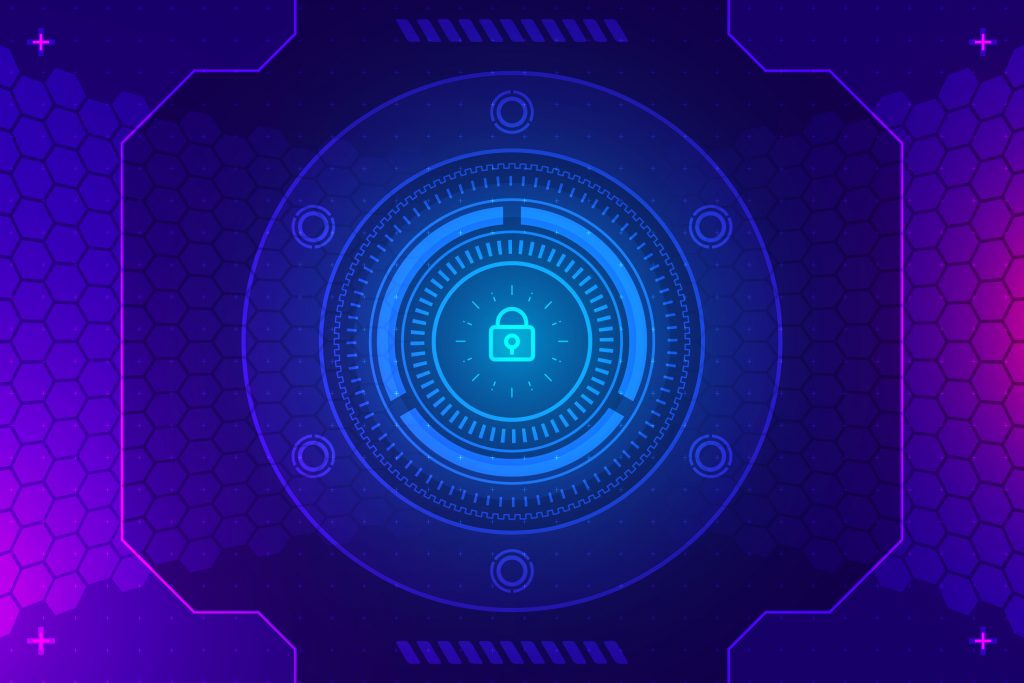Arul Elumalai, GM Security & Distributed Cloud (SDC) Product Group at F5, and Shawn Wormke, Vice President and General Manager of NGINX,- discuss recent trends, reflecting a comprehensive view of the current and future states of application development and cybersecurity.

The global application landscape has experienced a significant transformation catalyzed by advancements in digital technologies and an increasing emphasis on robust cybersecurity measures. This evolution presents opportunities and challenges for businesses as they adapt to a rapidly changing environment. Here, we delve deeper into the dynamics shaping this landscape, the complexities introduced by new technologies, and the strategies enterprises adopt to secure their digital assets.
In a recent exploration of the rapidly evolving global application landscape, Nisha Sharma engaged in a revealing conversation with Arul Elumalai, GM Security & Distributed Cloud (SDC) Product Group at F5, and Shawn Wormke, Vice President and General Manager of NGINX.
The discussion focused on the current challenges and advancements shaping how businesses approach digital transformation and cybersecurity. Arul provided insights into the strategic management of application demands within today’s fast-paced digital economy. Shawn complemented this by discussing methods to enhance modern application deployment through innovative technologies. Together, their expert perspectives shed light on effective strategies for navigating the complexities of technological advancement and robust cybersecurity in an increasingly interconnected world.
The evolution of global applications
The number of applications enterprises utilize in the digital era has surged dramatically. This isn’t just a quantitative increase but also a qualitative one, where applications have become more integral to business operations across various sectors and regions. The shift towards digital-first strategies has necessitated the modernization of application architectures, embracing microservices and distributed cloud environments to enhance agility and scalability.

Arul Elumalai, GM Security & Distributed Cloud (SDC) Product Group at F5
“Across Big IP and NGINX, we are seeing a portfolio build-out that supports these modernized architectures, leading to further distribution and fragmentation of both applications and data,” explained Arul Elumalai, GM Security & Distributed Cloud (SDC) Product Group at F5; this development underscores a broader industry trend towards decentralization, where applications are not just stored in a centralized data center but are spread across multiple cloud environments, from public to private and hybrid models.
Moreover, the rise of public-facing APIs has introduced new layers of complexity and vulnerability. APIs have become the backbone of digital interaction, facilitating data exchange and functionality between software applications. However, they also represent a significant security risk if not properly managed and secured, highlighting the need for comprehensive API security strategies.
Cybersecurity challenges and strategic responses

Shawn Wormke, Vice President and General Manager of NGINX
As applications become more complex and distributed, securing them becomes increasingly challenging. The fragmented nature of modern applications introduces numerous vulnerabilities, making traditional perimeter-based security measures insufficient. “Managing the risk associated with this distributed architecture is paramount, as each node and service within the system potentially opens up new avenues for attack,” noted Shawn Wormke, Vice President and General Manager of NGINX.
Companies like F5 have developed distributed cloud platforms that integrate security directly into the application environment to address these challenges. This integration allows for consistent security policies across all applications, regardless of where they are deployed. It simplifies management and enhances the ability to respond to threats in real-time.
“By connecting applications across all environments with a secure network layer and embedding security services within, we can tame the complexity and ensure comprehensive protection,” said Shawn Wormke This approach is critical in an era where cyber threats are becoming more sophisticated and pervasive, as evidenced by the staggering number of cyber attacks reported annually.
Future directions
Looking ahead, artificial intelligence (AI) and machine learning (ML) are set to play pivotal roles in shaping the future of application development and cybersecurity. These technologies offer the potential to automate complex processes, provide predictive insights, and enhance the efficiency of security protocols.
F5, for example, is integrating AI capabilities across its portfolio to offer advanced behavioral analysis, automate threat detection, and streamline management processes. “Our AI-driven tools are designed to not only detect and respond to threats in real-time but also provide predictive capabilities that help prevent incidents before they occur,” shared Arul Elumalai at F5.
Moreover, as enterprises increasingly adopt AI-driven applications, the complexity of managing and securing these applications will escalate. Integrating AI into cybersecurity strategies is expected to mitigate these challenges by enhancing the intelligence and responsiveness of security systems.
Conclusion
The evolution of the global application landscape and the corresponding cybersecurity challenges require a nuanced understanding and a proactive approach. Enterprises must embrace innovative technologies and strategies to secure digital assets while fostering growth and innovation.
Image Source: Freepik
